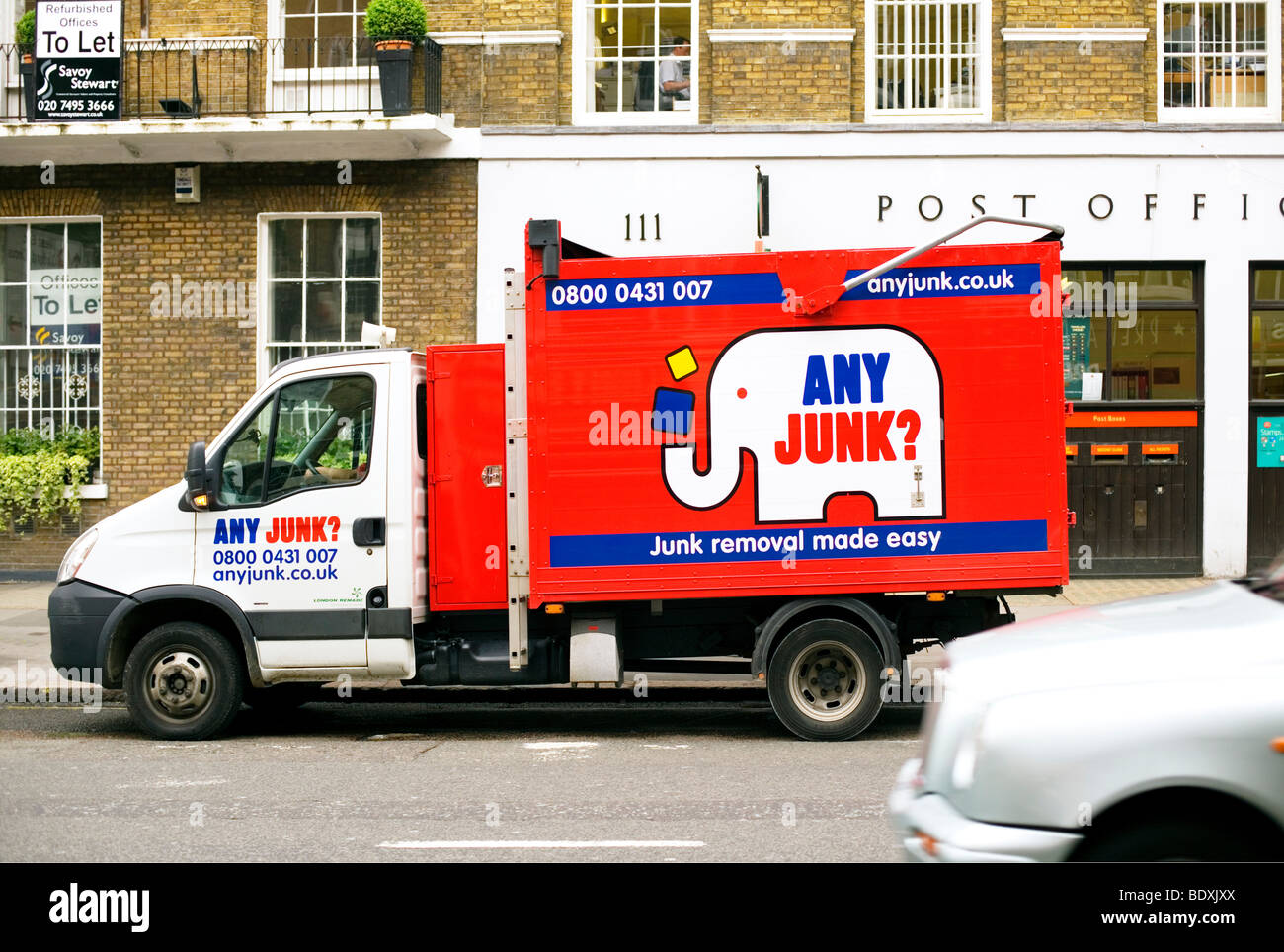Selecting The Suitable Dumpster Size For Your Project: A Thorough Overview
Selecting The Suitable Dumpster Size For Your Project: A Thorough Overview
Blog Article
Uploaded By-Galloway York
When embarking on a job that calls for a dumpster, the size you select can significantly impact its performance and cost-effectiveness. Picture having the perfect container that suits all your waste without being exceedingly big or too tiny. All of it beginnings with comprehending the nuances of your project and choosing a dumpster dimension that aligns with your particular requirements. So, prior to hop over to this website make a decision, consider the factors at play to make certain a seamless waste monitoring process from beginning to end.
Factors to Think about
When choosing the best dumpster dimension, there are several essential elements to take into consideration.
Initially, think about the type of waste you'll be dealing with. Various products may need varying quantities of space, so recognizing what you'll be placing in the dumpster is vital.
Next off, analyze the quantity of waste you expect to create. If you undervalue the quantity, you may require to make multiple journeys to deal with everything, which can be bothersome and expensive. On the other hand, leasing a dumpster that's as well big can bring about unneeded costs.
In addition, consider the area where the dumpster will certainly be positioned. Guarantee there suffices space for the dumpster to be supplied and picked up with no blockages.
Finally, think of any weight restrictions that might apply. Exceeding the weight limit can lead to added charges or even the refusal of service.
Dumpster Size Options
For choosing the best dumpster dimension, it's important to have a mutual understanding of the offered choices. Dumpster sizes generally vary from 10 to 40 cubic backyards, with variations in between.
A 10-yard dumpster appropriates for tiny projects like a garage cleanout or a tiny renovation. If you're taking on a medium-sized task such as a kitchen remodel or a basement cleanout, a 20-yard dumpster could be the ideal selection.
For mobile dumpster rental like a whole-house restoration or industrial building and construction, a 30 or 40-yard dumpster could be more suitable to accommodate the quantity of waste generated.
When selecting a dumpster dimension, consider the quantity and sort of debris you expect to get rid of. https://waste-management-bin-size11997.ja-blog.com/30467742/stay-sharp-for-constant-pitfalls-when-leasing-a-dumpster-that-might-interrupt-your-task to pick a slightly larger dimension if you're not sure to prevent overfilling. Bear in mind, it's even more cost-effective to lease a dumpster that fits your requirements instead of having to order an additional one.
Matching Dimension to Job
Ideally matching the dumpster dimension to your project is important for efficient waste monitoring. To establish the appropriate size, consider the scope and nature of your project.
For small home cleanouts or restorations, a 10-yard dumpster might be sufficient. These are normally 12 feet long and can hold about 4 pickup truck lots of waste.
For bigger jobs like redesigning numerous rooms or removing a large estate, a 20-yard dumpster might be better. These are around 22 feet long and can hold roughly 8 pickup lots.
If you're tackling a significant construction project or business improvement, a 30-yard dumpster could be the most effective fit. These dumpsters are about 22 feet long and can suit concerning 12 pickup truck tons of particles.
Matching the dumpster size to your project ensures you have enough area for all waste products without paying too much for extra ability.
Verdict
In conclusion, selecting the ideal dumpster dimension for your job is important for effective waste disposal. By considering factors like the kind and amount of waste, area availability, weight constraints, and budget plan constraints, you can guarantee you have the ideal dimension dumpster for your needs. Make sure to match the size of the dumpster to the scope and nature of your job to prevent overspending on unneeded expenses.
